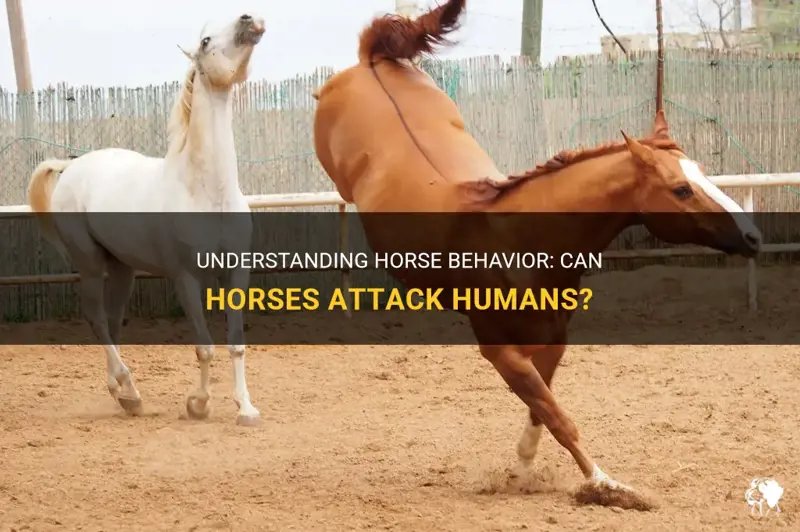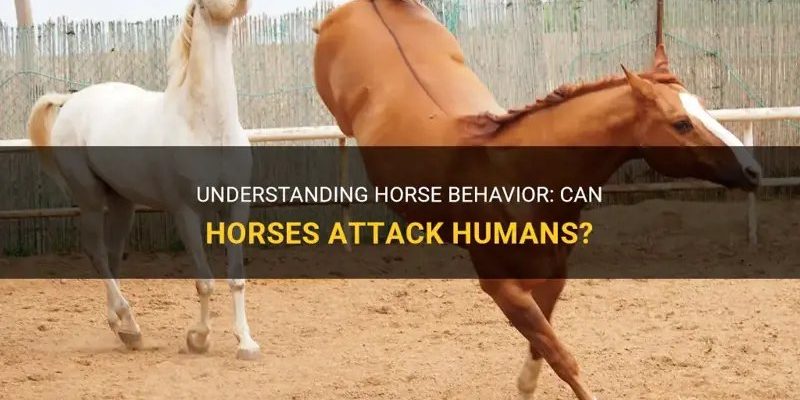
Think of it like this: Imagine you’re working on a relationship with your friend, who’s known for being a bit unpredictable. Sometimes they’re calm and friendly; other times, they can be moody. With horses, it’s similar. They can be loving companions, but when stressed or frightened, they can react in ways that might catch you off guard. Let’s dive into what makes horses potentially dangerous and how you can stay safe around them.
The Nature of Horses and Their Behavior
Horses are prey animals. This means they have a natural instinct to flee from danger. While their size gives them a sort of confidence, they are easily spooked by sudden movements or loud noises. Picture a horse in the wild, standing in the open plains, always alert for predators. This innate behavior can translate to unpredictable actions when they feel threatened.
You might be wondering what exactly makes a horse feel threatened. It could be anything from a new person in their environment to a strange noise. For instance, if a horse hears a loud clap of thunder, it might bolt without warning. That’s why understanding your horse’s body language is so important. Signs like pinned ears, raised tails, or snorting are red flags that a horse may be about to act unpredictably.
Another aspect to consider is the horse’s training. A well-trained horse usually responds better to commands and can be predictable in its behavior. However, even the calmest horse can show its dangerous side if frightened or handled incorrectly. Always remember, just like people, each horse has its unique personality and temperament.
Common Situations Where Horses Can Be Dangerous
One of the most common situations where horses can become dangerous is during riding, especially for inexperienced riders. When a rider isn’t in sync with the horse, it can lead to miscommunication. Picture this: a rider pulls on the reins to slow down, but the horse is scared and starts bolting instead. The rider might get thrown off, leading to potential injuries.
Additionally, horses can be unpredictable during feeding time. A hungry horse might become aggressive, especially if it feels competition from other horses or even humans. This is where respecting their space comes into play. Approaching a horse when it’s eating can sometimes lead to unexpected bites or kicks. Always approach calmly and give them the room they need.
Finally, handling horses in tight spaces can also be dangerous. If you’re trying to lead a horse through a narrow barn aisle, it can feel like a game of chicken. If the horse feels trapped, it may attempt to push past, potentially knocking you down. Always lead horses in open spaces and be aware of their movement.
Understanding Horse Body Language
Understanding horse body language is like learning a new language. It takes time, but it’s essential for keeping both you and the horse safe. Horses communicate through their posture, facial expressions, and ear positions. For example, when a horse’s ears are pinned back against its head, it’s typically a sign of anger or annoyance.
A relaxed horse will usually have its ears forward, indicating curiosity or interest. This body language is crucial for reading how a horse is feeling in various situations. If you recognize signs of distress, it’s best to keep your distance or adjust your actions to calm the horse.
Recognizing when a horse is in pain or discomfort is equally important. A horse that’s limping or showing signs of agitation may react unpredictably. Pay attention to any changes in behavior; it could be a warning sign that the horse isn’t feeling well.
Precautions to Take Around Horses
Staying safe around horses requires a bit of common sense and a lot of respect. First off, always approach a horse calmly and quietly, giving it time to recognize you. Sudden movements can startle them, leading to an unpredictable reaction. When you’re walking up to a horse, try to talk softly to let them know you’re there.
Next, always keep an eye on your surroundings. If you’re in a stable or pasture with multiple horses, be aware of their movements. Horses can be easily distracted by each other, and it’s not uncommon for one horse to spook another. If you see one horse getting restless, it’s smart to back away and play it safe.
Finally, wear appropriate gear when working with or riding horses. This means wearing a helmet when riding and sturdy shoes that cover your toes when around them. Protecting yourself is key, especially if a horse might act unexpectedly.
Building Trust with Your Horse
Building trust with a horse is crucial for reducing the risk of danger. A horse that trusts you will be calmer and more willing to listen to your commands. Start by spending time with your horse, getting to know them. Grooming can be an excellent way to bond. It’s a calming action for both you and the horse, helping them feel more comfortable around you.
Positive reinforcement also goes a long way. Rewarding your horse with treats or gentle praise for good behavior creates a positive association with you. This helps them understand that following your lead can lead to good things, making it less likely for them to react negatively in stressful situations.
And remember, patience is key. You won’t build trust overnight. It’s a slow process that requires consistency and understanding of your horse’s unique personality. As trust grows, you’ll find that the horse feels more secure and is less likely to see you as a threat.
What to Do If You Feel Unsafe
Feeling unsafe around a horse is a genuine concern, and it’s essential to know what to do in those moments. If you feel threatened, the best course of action is to remain calm. Panic can make the situation worse. Slowly back away from the horse without making sudden movements, allowing them to feel secure in their space.
If a horse becomes aggressive, find a safe spot. This could be behind a sturdy fence or a wall. Horses can’t see directly in front of them, so if you position yourself to the side, it’s harder for them to reach you.
In any case, never try to hold onto a horse when it’s likely to spook. Trying to restrain a frightened horse can quickly lead to injury. Instead, focus on creating distance between yourself and the horse until the situation calms down. Always prioritize your safety first.
While horses are often seen as gentle creatures, taking the time to understand their behaviors and instincts is key to safety. By being aware of how to read horse body language, recognizing potential dangers, and developing trust, you can create a harmonious relationship with these magnificent animals.
Remember, it’s not about fearing horses; it’s about respecting their power and nature. The more you know, the better equipped you’ll be to avoid dangerous situations and enjoy your time with these incredible animals. With the right knowledge and approach, you can ensure that your interactions with horses are both safe and rewarding.

